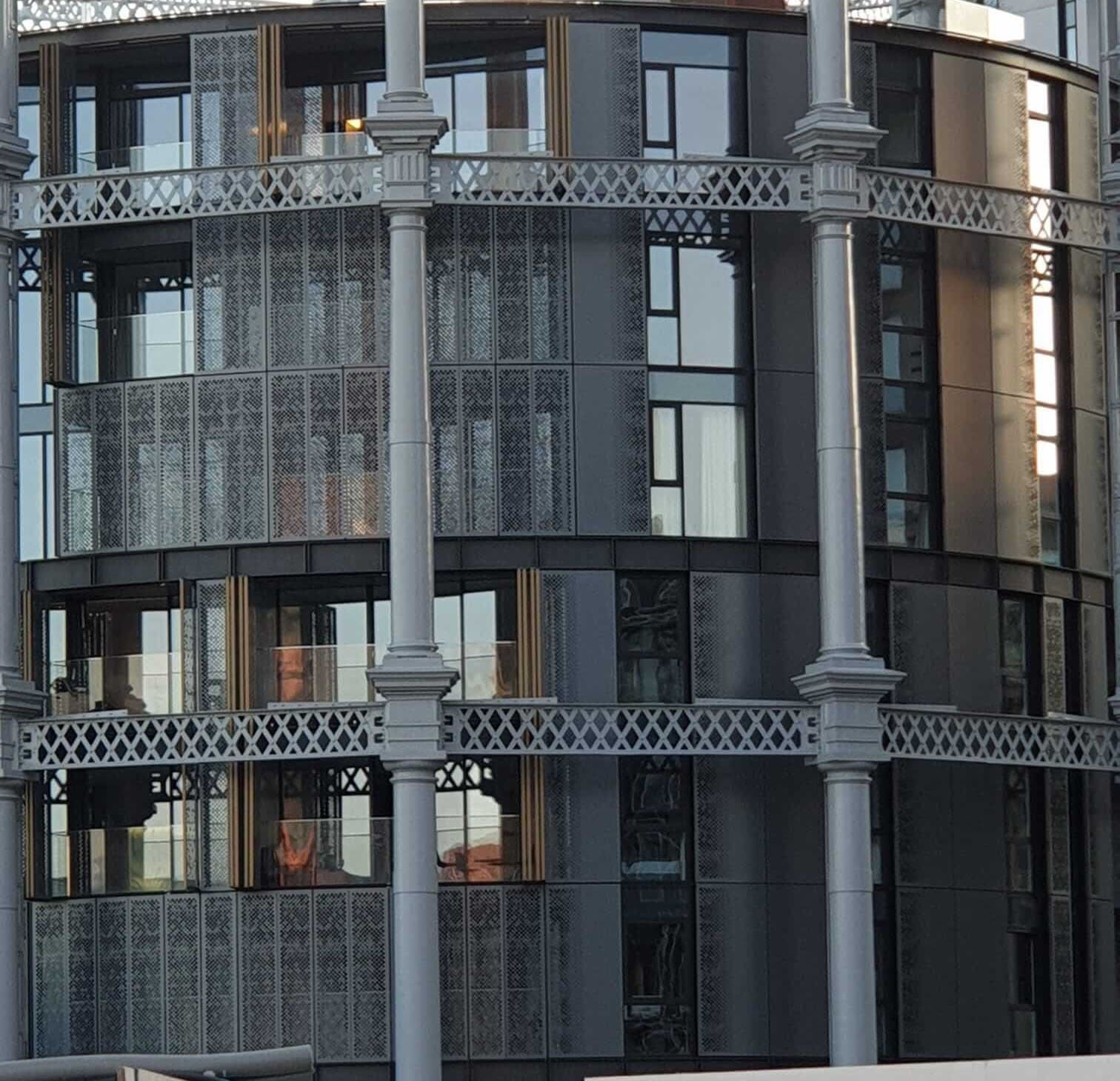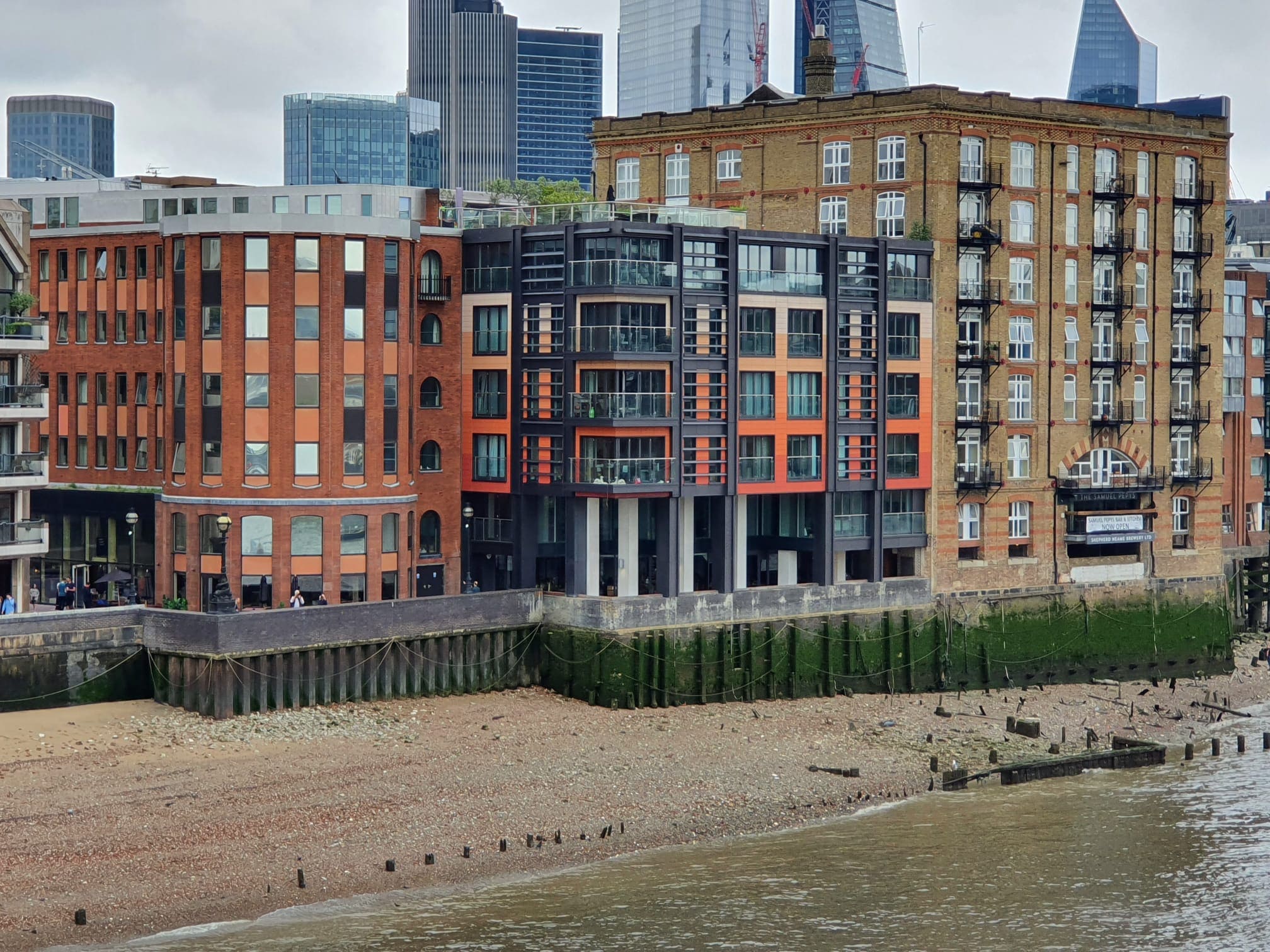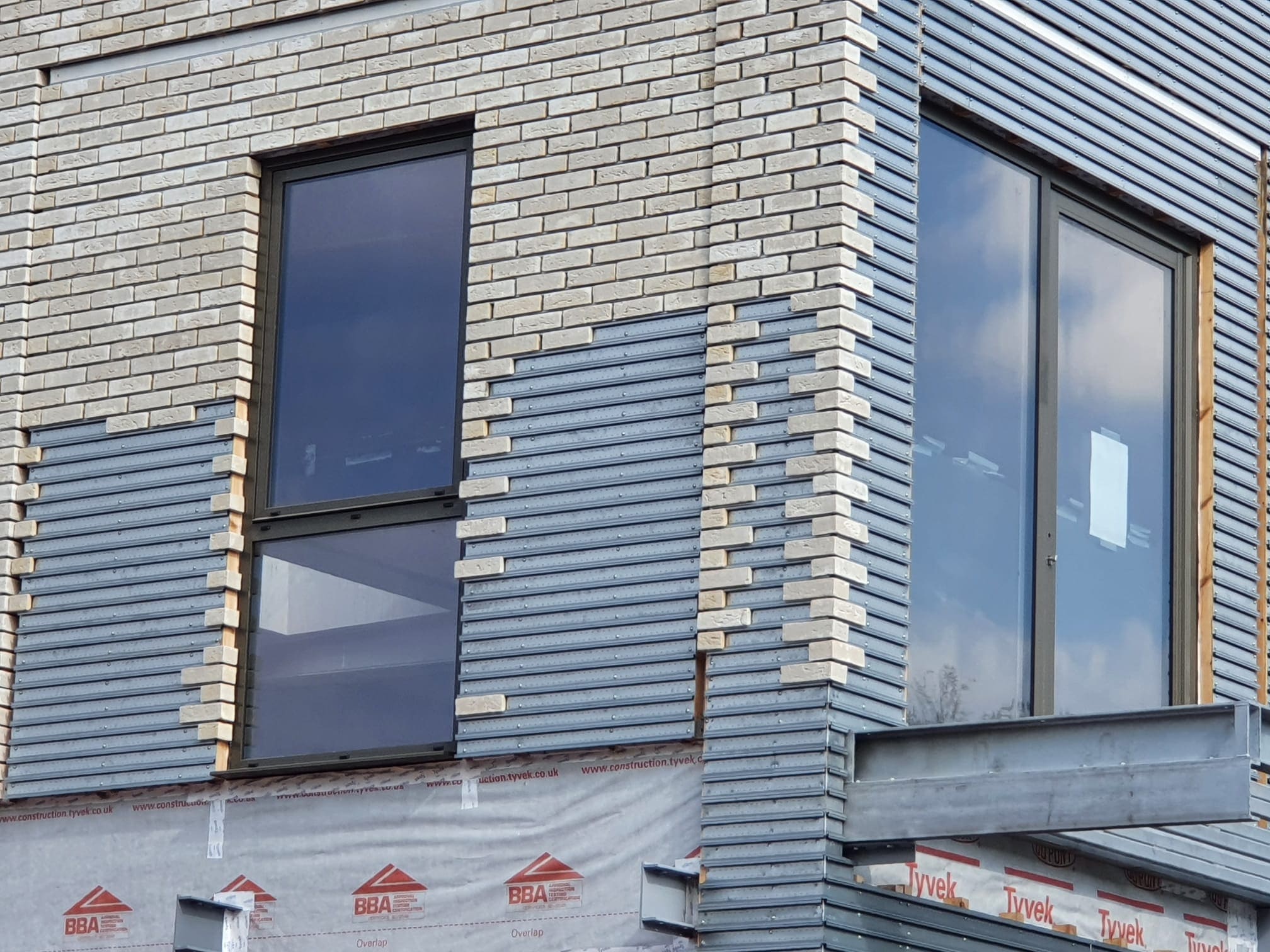16/07/2021
by: Mary-Anne Bowring/Mortgage Strategy

Building Safety regulator powers
A new Building Safety regulator will have the power to prosecute developers that fail to meet its standards, the government has announced.Prompted by the Grenfell tragedy and the cladding scandal, ministers have today published The Building Safety Bill, which sets out how residential buildings should be constructed and maintained.The reforms are intended to provide residents with new protections and create sanctions for housebuilders that cut corners or flout the rules.But Labour says the new bill does not go far enough and fails to help leaseholders who are still paying the price for building safety failures in numerous ways.The Building Safety Regulator will be responsible for managing and resolving risks in new and existing high rise residential buildings of 18m and above.
This will include implementing specific steps during planning, design and construction to ensure that safety is considered from the earliest stage in a property’s development.Information will be stored and updated throughout the building’s lifecycle, with a clear obligation on owners to take action when necessary.These reforms also include new measures which apply to those seeking compensation for shoddy refurbishments which make the home unliveable.
The government says that key points of the bill include:
- Ensuring that there are clearly identified people responsible for safety during the design, build and occupation of a high-rise residential building.
- Holding those who break the rules to account through enforcement action.
- Giving residents in these buildings more routes to raise concerns about safety, and mechanisms to ensure their worries are taken seriously.
- Extending rights to compensation for substandard workmanship and unacceptable defects.
- Driving the culture change needed across the industry to enable the design and construction of high-quality, safe homes in the years to come.
The bill aims to strengthen regulatory regime for construction products, with market surveillance and enforcement led nationally by the Office for Product Safety and Standards (OPSS).
The national regulator will be able to remove products from the market that present safety risks and prosecute or use civil penalties against any business that breaks the rules and compromises public safety.
The bill also creates a legal requirement for building owners to explore alternative ways to meet remediation costs before passing these onto leaseholders, along with evidence that this has been done.
Developers will also be required to join and remain members of the New Homes Ombudsman scheme, which will require them to provide redress to a homebuyer when failings are identified.
Housing secretary Robert Jenrick says : “This bill will ensure high standards of safety for people’s homes, and in particular for high rise buildings, with a new regulator providing essential oversight at every stage of a building’s lifecycle, from design, construction, completion to occupation.
“The new building safety regime will be a proportionate one, ensuring those buildings requiring remediation are brought to an acceptable standard of safety swiftly, and reassuring the vast majority of residents and leaseholders in those buildings that their homes are safe.
“The reforms will tackle bad practice head on, building on Dame Judith Hackitt’s review of Building Regulations and Fire Safety, which highlighted a need for significant cultural and regulatory change.
“Under the proposals, the government is more than doubling the amount of time, from 6 to 15 years, that residents can seek compensation for substandard construction work.
“The changes will apply retrospectively.
“This means that residents of a building completed in 2010 would be able to bring proceedings against the developer until 2025.”
Responding to the measures on Twitter, Labour shadow secretary of state for housing Lucy Powell said, that the bill might seem bold, “but it will bring little relief for leaseholders and tenants trapped in unmortgagable, uninsurable, unsafe homes facing huge bills.
“Buildings within six years in same situation: the barriers to mount legal action too high and slow, outcomes not effective.
“There’s no escaping that the Government needs to legislate to stop remediation costs being passed to leaseholders; and it needs to adopt our proposal for a Building Works Agency to quickly & effectively assess, fix, fund and certify every building.
“Finally, once buildings are certified, we propose powers are handed to Building Works Agency to pursue any faults identified in buildings with developers etc.
“But this cannot come before fix, fund and certify.
“Otherwise homeowners will be trapped for years pursuing legal cases.”
Minister for building and fire safety Lord Greenhalgh says: “The comprehensive steps we are taking today will ensure that industry and the regulatory system fully address the concerns raised in the ‘Building a Safer Future’ report by Dame Judith Hackitt.
“Though the overall risk of fire across all buildings remains low, we can’t be complacent – the more robust regime will take a proportionate and risk-based approach to remediation and other safety risks.
“And by increasing our measures of enforcement, we will make sure industry follows the rules – and is held to account when it doesn’t.”
National Fire Chiefs Council chair Mark Hardingham says: “We welcome this important bill’s introduction as it will contribute to essential developments in fire safety.
“We are focused on working with government and partners to fix the broken building regime, make buildings safer and restore public confidence.”
Ringley group managing director Mary-Anne Bowring adds: “The introduction of the building safety regulator shows that the government is moving in the right direction in regard to building safety in the UK.
“Originally suggested by the Hackitt Review, the building safety regulator will take a front seat in ensuring the safety levels of high rise residential buildings are up to standard.
“Developers who are looking to join the New Homes Ombudsman scheme should be made to reach the key requirements of building safety before being allowed to join the scheme.
“For far too long now thousands of leaseholders have been trapped in unsafe apartment buildings across the UK and we’re hopeful that the government is finally starting on the correct path to tackling Britain’s chronic problem with build quality.”
Cavendish Legal Group litigation partner Jonathan Frankel says: “Extending the limitation period from six years to 15 years will be beneficial for some leaseholders, particularly those who feel they are able to challenge the landlord.
“However, it’s not necessarily the case that it would ‘put new cards in the hands of the leaseholder’ as Robert Jenrick says.
“It simply delays the period of limitation to allow them to bring legal challenges.
“As such, issues of representation and funding for any legal action and subsequent repairs will continue to be the major obstacle for most leaseholders.
“Politically this feels like the government is simply kicking the can down the road which will actually prolong the pain for leaseholders further.
“In my view there is no benefit to extending the limitation period without helping leaseholders fund potential legal actions. That’s the change we want to see.”
https://www.mortgagestrategy.co.uk/news/new-watchdog-to-prosecute-developers-of-unsafe-homes/
 1332
1332












Keep up to date
(Weekly, fortnightly or monthly)
To find out more what we do with your data, please read our Privacy Policy

 0
0












